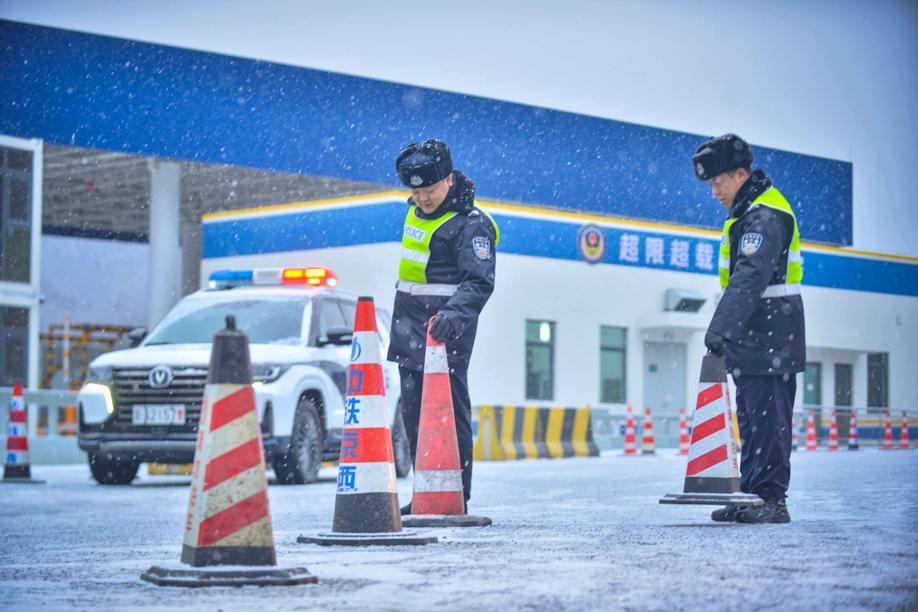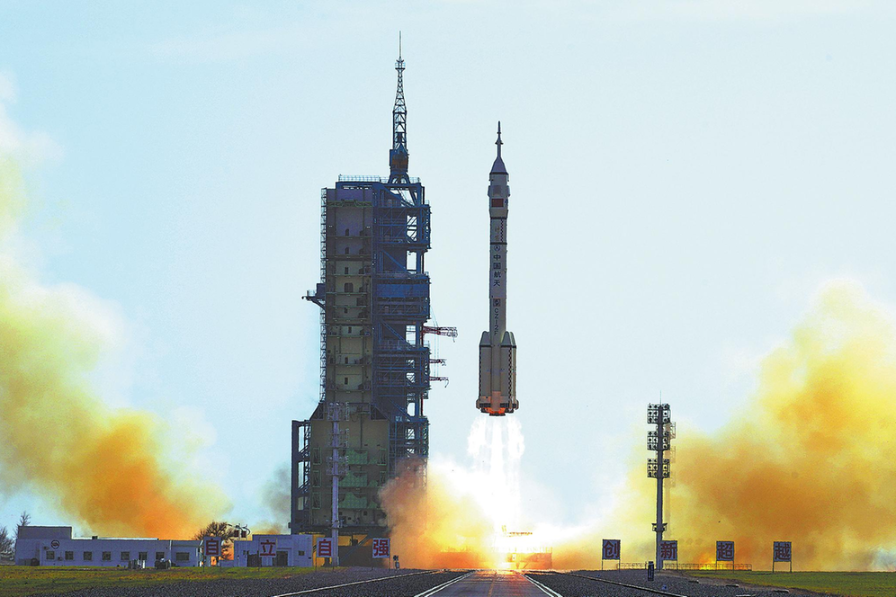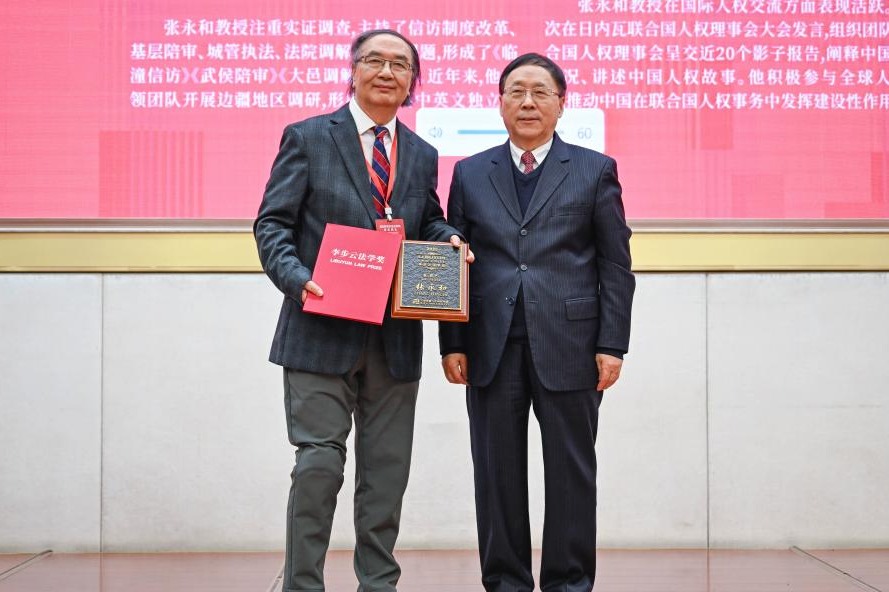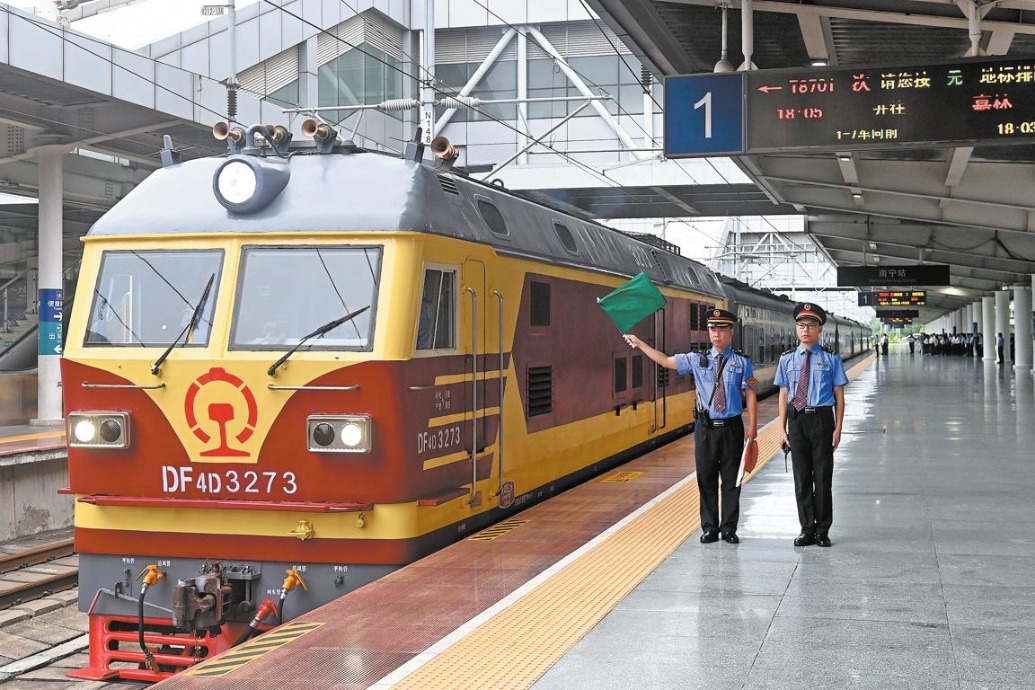SOE debt in crosshairs as quality boost becomes target

 Better management and supervision of assets, liabilities is front line of change
Better management and supervision of assets, liabilities is front line of change
The average debt-to-asset ratio for State-owned enterprises will be reduced by 2 percentage points by the end of 2020 compared with the end of last year, amid the deleveraging campaign to guard against major risks.
The goal was disclosed in a guideline, released on Thursday by the general offices of the Communist Party of China Central Committee and the State Council, China's Cabinet, to strengthen asset and liability constraints on SOEs. The guideline covers SOEs in all industries.
After that, the SOE debt-to-asset ratio should be kept at the average level of all companies in the same industry, according to the document. SOEs with high debt should lower the debt-to-asset ratio to a reasonable level within a preset time limit.
The previous year's industry average ratio will be the benchmark for SOE leverage assessment for the next year. SOEs will be alerted if their ratio is 5 percent higher than the average, and those with a ratio 10 percent higher than average will be placed under strict supervision, it said.
The document also set a clearly-defined boundary to separate local from corporate debt, and local governments are prohibited from borrowing via SOE platforms.
The document was the latest move to deleverage SOEs. In April, a meeting of the Central Committee for Financial and Economic Affairs decided that local governments and enterprises, especially SOEs, should take immediate action to reduce their debt.
On July 31, the Political Bureau of the CPC Central Committee decided to integrate guarding against major risks with serving the real economy, with a requirement for effective reduction in SOE debt.
Zeng Gang, a researcher at the Financial Institute at the Chinese Academy of Social Sciences, said many measures in the guideline were beyond market expectations and targeted the difficult parts of SOE deleveraging. Joint constraints were laid out for SOEs, State-asset management departments and financial institutions to increase the effectiveness and feasibility, he said.
Since the international financial crisis in 2008, the SOE leverage has been 5 to 10 percentage points higher than private businesses, said Liu Xiaoguang, a professor at the National Academy of Development and Strategy at Renmin University of China.
According to the National Bureau of Statistics, the debt-to-asset ratio was 56.6 percent for industrial enterprises with annual revenue of more than 20 million yuan ($2.94 million) at the end of July, 0.5 percentage points lower than the same period last year. The ratio for State-controlled enterprises was 59.4 percent, 1.3 percentage points lower than the previous year.
In the meantime, SOEs achieved about a 25-percent increase in profits last year, 4.3 percentage points higher than the average for industrial-sector enterprises. Liu said investment efficiency has been falling in recent years, and deleveraging SOEs should be a priority. Liu welcomed the measures taken to prevent local governments from raising hidden debts via SOE platforms.
Li Shigang, a researcher at the China Academy of Macroeconomic Research, said goals and targets were disclosed to effectively build asset and liability constraints. The guideline made clear a timetable and missions for SOEs to reduce debt and is expected to ensure most SOE debt-to-asset ratios return to industry averages, he said.
Liang Zhibing, a doctorate holder at the China Academy of Macroeconomic Research, said the measure can deleverage SOE debt in the short run and restrain their leverage from bouncing back in the long run. Liang said the guideline requires SOEs to reduce leverage through SOE reform and increasing equity financing, which will force these enterprises to transform their models and deepen self-reform to build a long-term mechanism.
Apart from financial and market management measures, SOEs should remove their low-efficiency assets, reduce costs and increase profits, which can defuse their liabilities and reduce debt, said Zhou Jianqi, a researcher at the Development Research Center of the State Council.
- Memorial ceremony remembers victims of Nanjing Massacre
- Louvre's largest showcase in China goes on display at Museum of Art Pudong in Shanghai
- Indonesian foundation to fund students, school administrators to exchange and study in Tianjin
- Archives detailing crimes of Japanese unit released
- 'Reservoirs of primordial water' may be buried deep within Earth
- China remembers victims of Nanjing Massacre, 88 years on




































